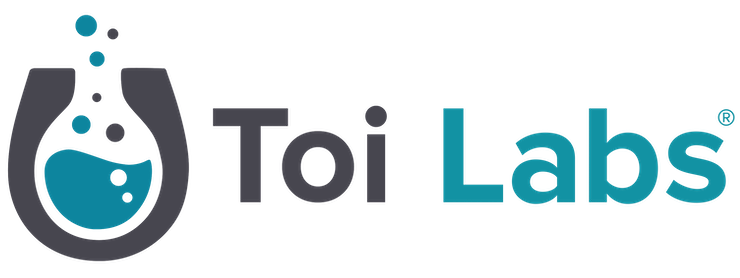Senior living and post-acute care communities have a responsibility to provide safe and secure environments for their residents. I believe that improving resident safety should be a top priority for these communities. In this article, I will explore some ways that senior living and post-acute care communities can improve resident safety.
- Implement a robust emergency preparedness plan
One of the most important steps that senior living and post-acute care communities can take to improve resident safety is to have a robust emergency preparedness plan in place. This plan should cover a wide range of potential emergencies, including natural disasters, power outages, and medical emergencies.
The emergency preparedness plan should be regularly reviewed and updated as necessary to ensure that it is effective in the event of an emergency. Staff should also be trained on the plan and know their roles and responsibilities in the event of an emergency.
- Provide ongoing training for staff
Training is crucial in maintaining a safe and secure environment for senior living and post-acute care residents. All staff should receive regular training on topics such as infection control, medication management, and fall prevention. Training should also be provided on how to respond to emergencies and how to communicate effectively with residents and their families.
Ongoing training not only ensures that staff are equipped with the necessary knowledge and skills to provide high-quality care, but it also helps to create a culture of safety in the community.
- Conduct regular safety audits
Regular safety audits are essential to identify potential hazards and address them before they become a risk to residents. Safety audits should cover all areas of the community, including resident rooms, common areas, and outdoor spaces.
During safety audits, staff should look for potential hazards such as loose carpets, uneven surfaces, and inadequate lighting. Any identified hazards should be addressed promptly to ensure that residents remain safe and secure.
- Implement technology solutions
Technology can be a valuable tool in improving resident safety in senior living and post-acute care communities. For example, electronic health records can help to ensure that residents receive the right medications at the right time, reducing the risk of medication errors.
Other technology solutions include fall detection systems, wander management systems, and emergency call systems. These systems can help staff to quickly respond to emergencies and provide timely assistance to residents in need.
- Foster a culture of safety
Finally, creating a culture of safety is essential in improving resident safety in senior living and post-acute care communities. This involves promoting safety as a core value and encouraging staff to take an active role in identifying and addressing potential safety risks.
Residents should also be encouraged to take an active role in their own safety by reporting any concerns to staff promptly. By fostering a culture of safety, senior living and post-acute care communities can create an environment that is safe and secure for all residents.
In conclusion, improving resident safety is a critical priority for senior living and post-acute care communities. By implementing a robust emergency preparedness plan, providing ongoing training for staff, conducting regular safety audits, implementing technology solutions, and fostering a culture of safety, these communities can create an environment that is safe and secure for all residents.
